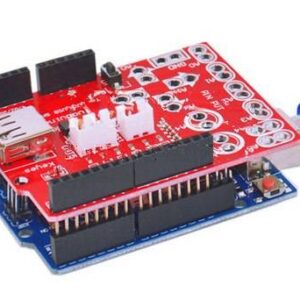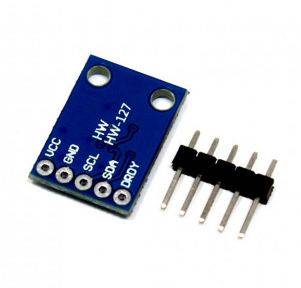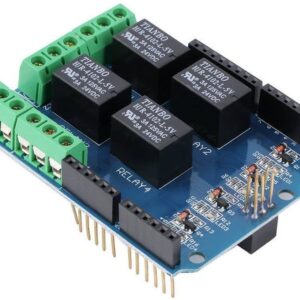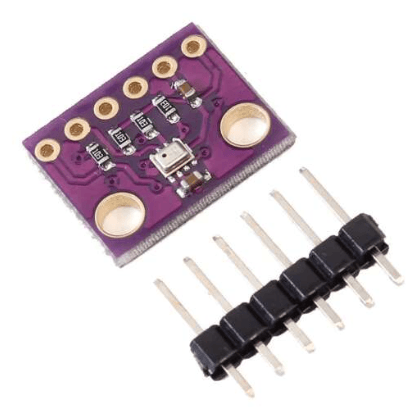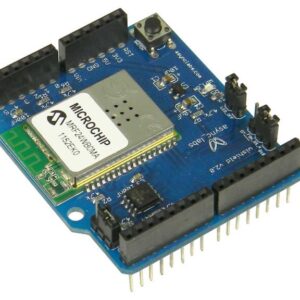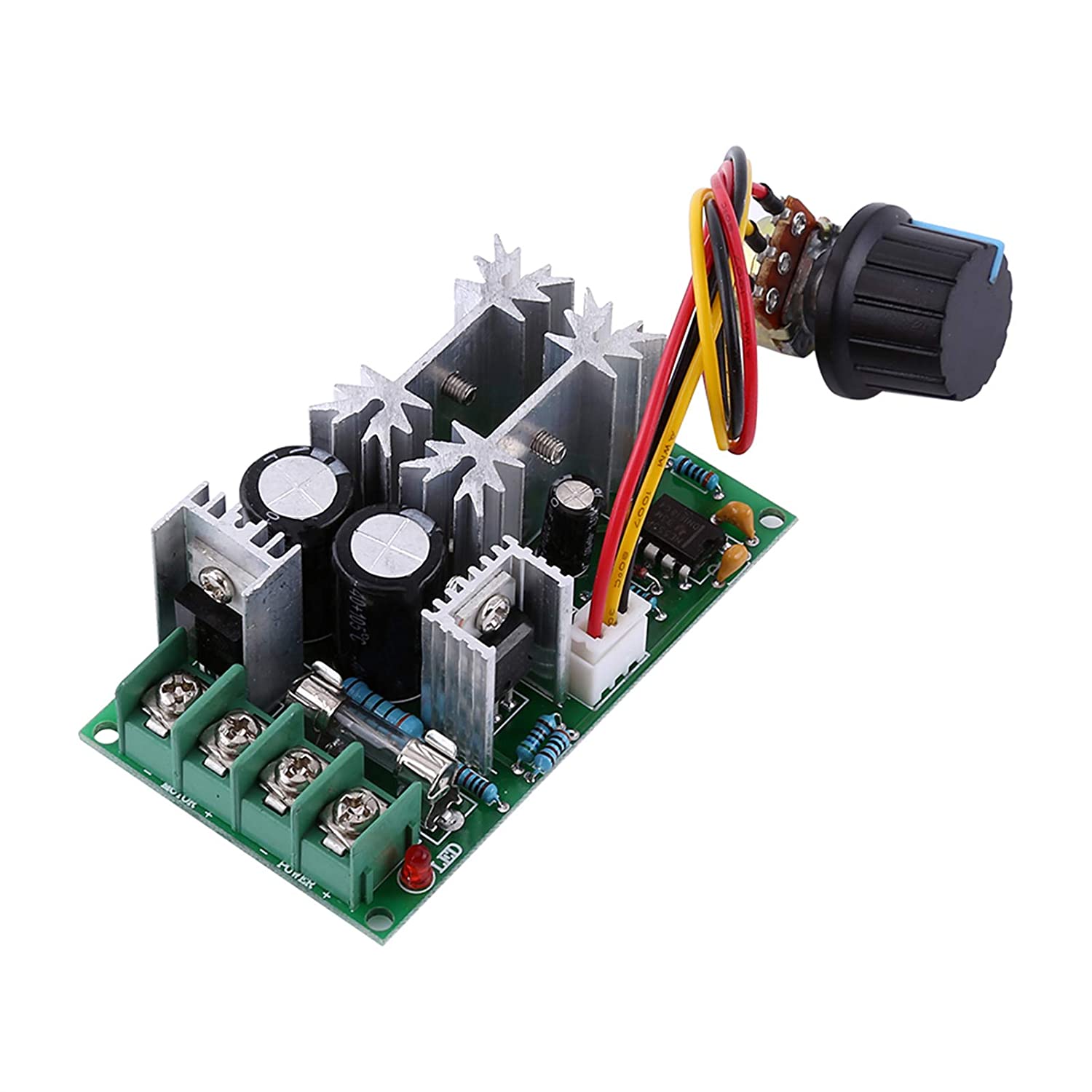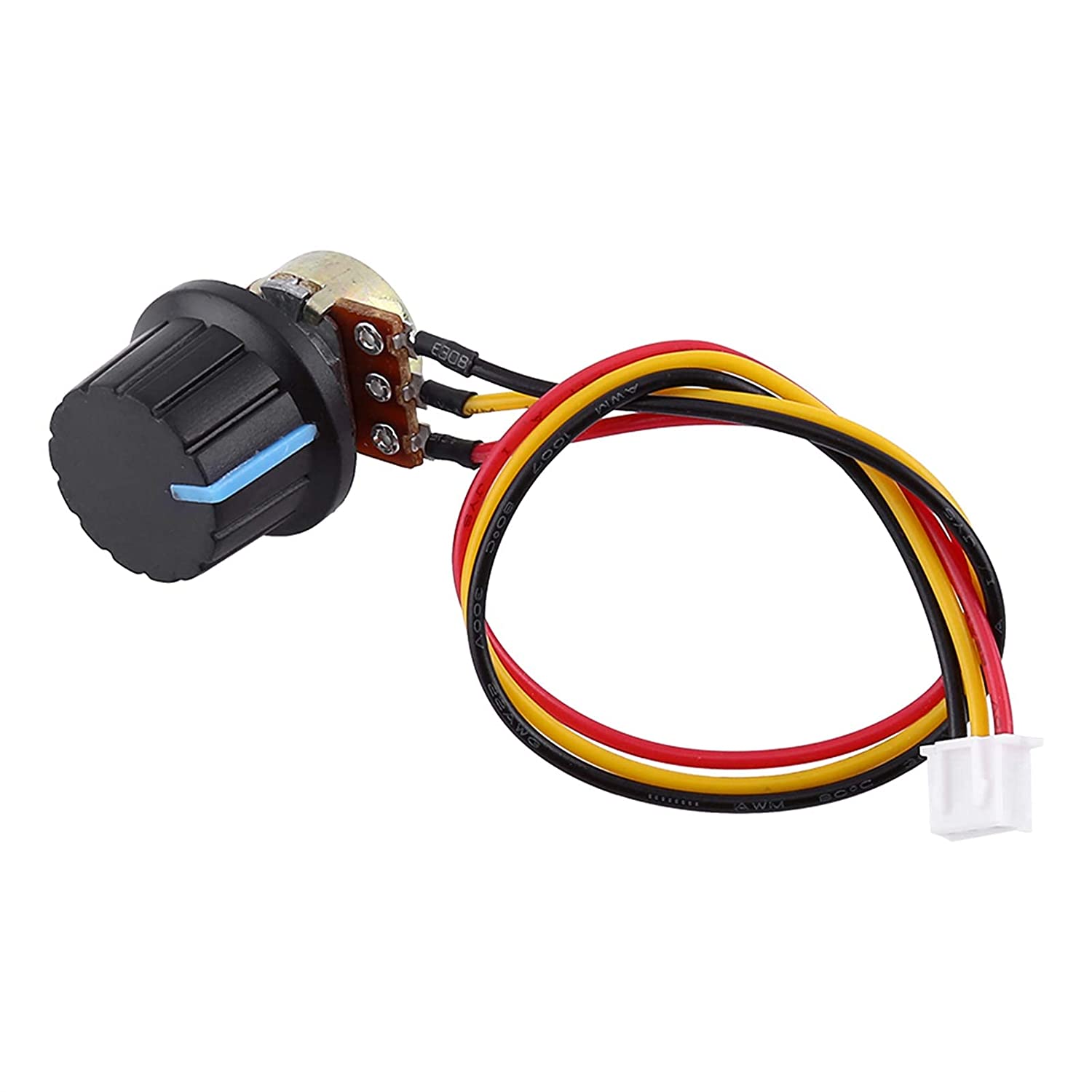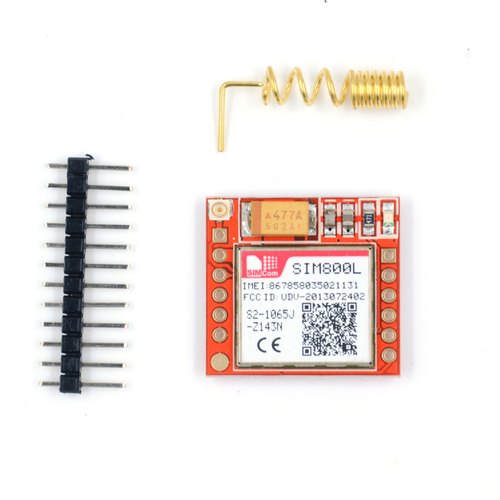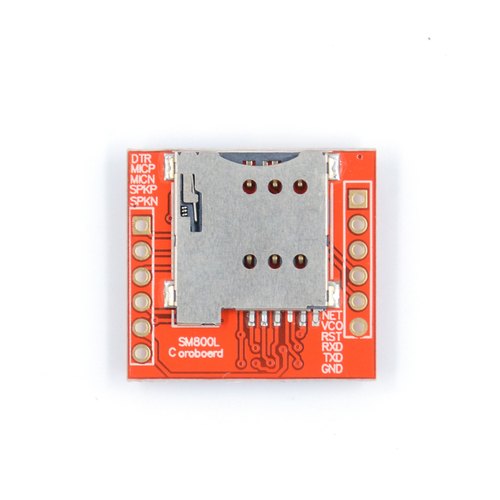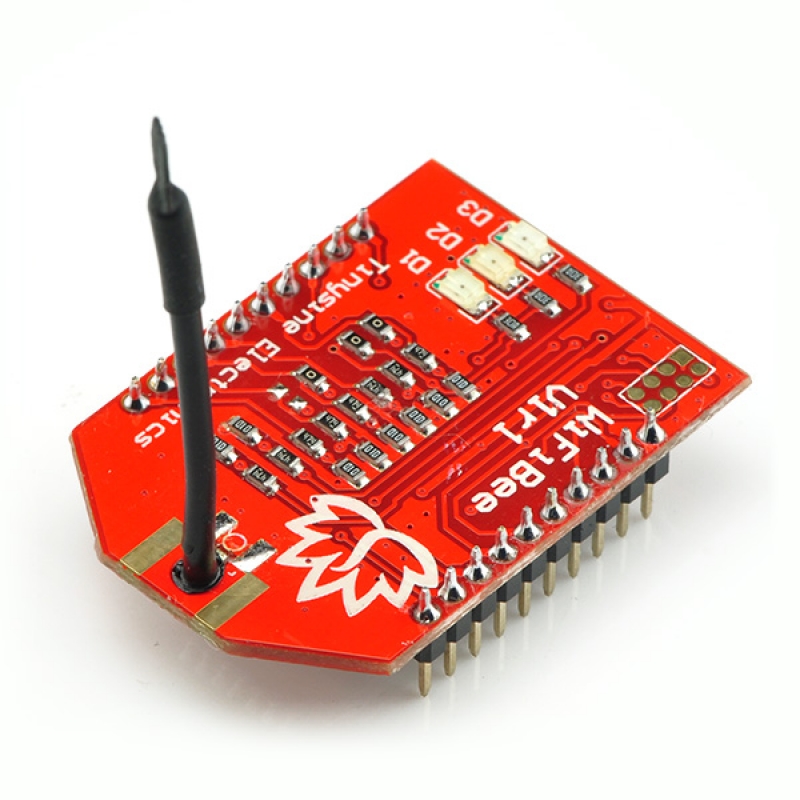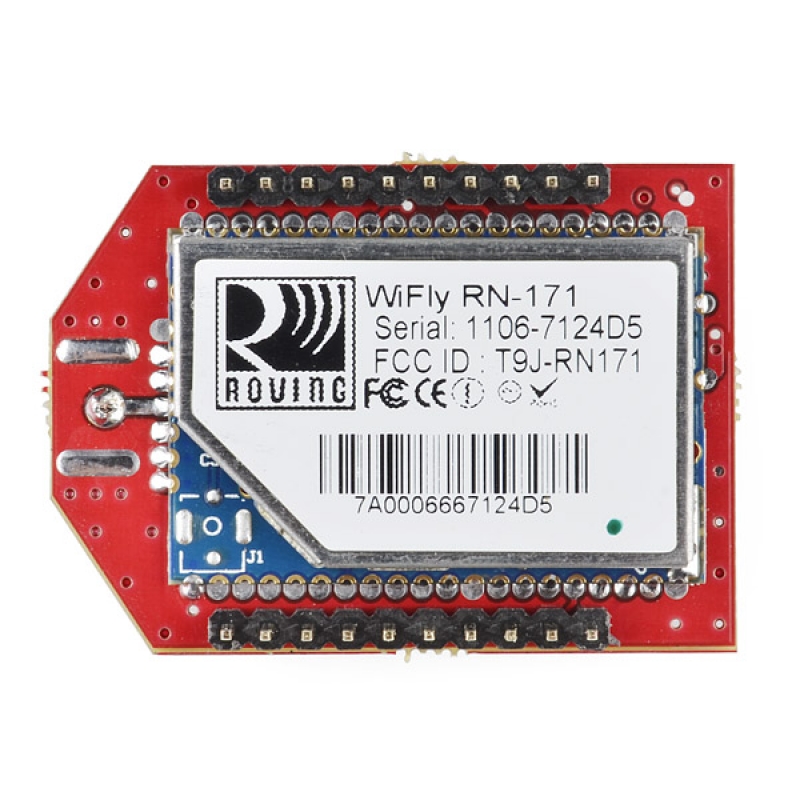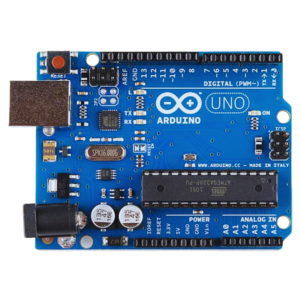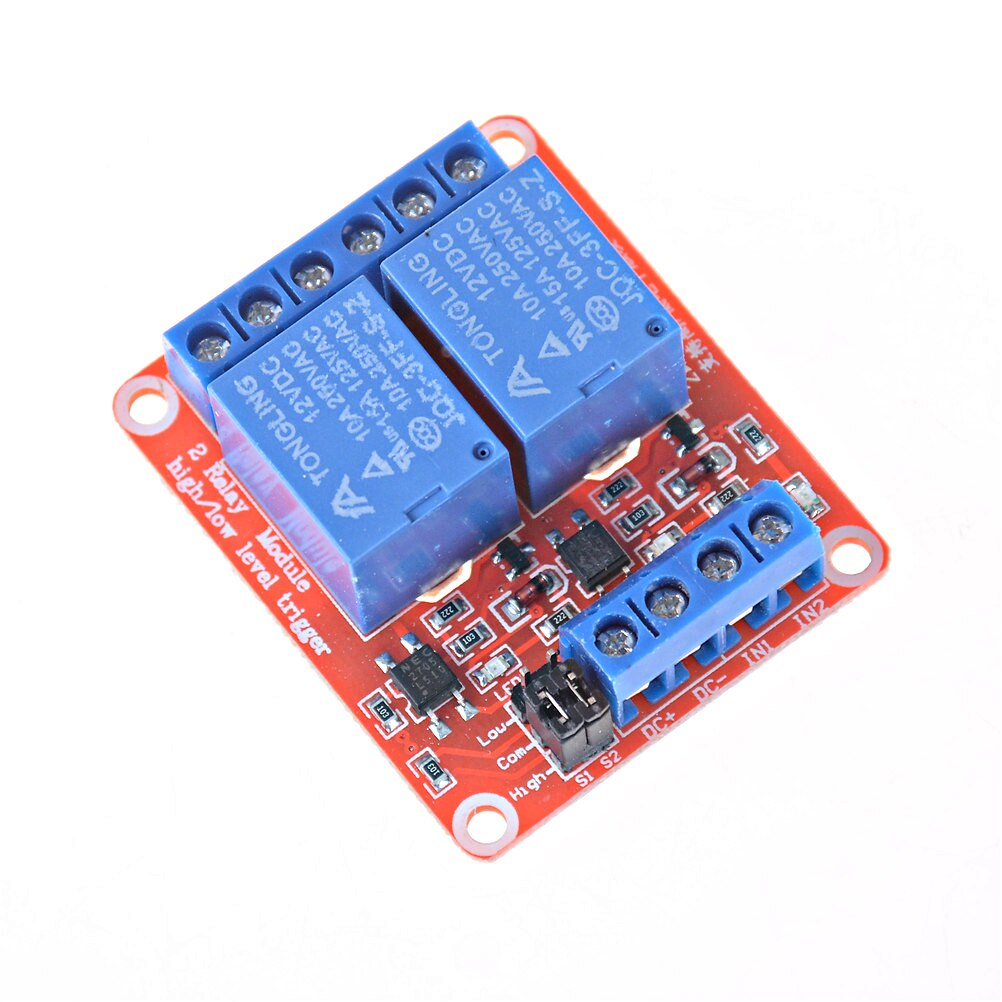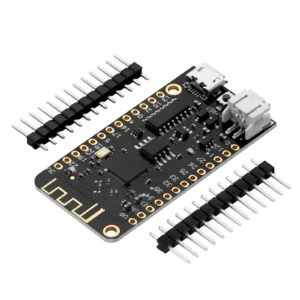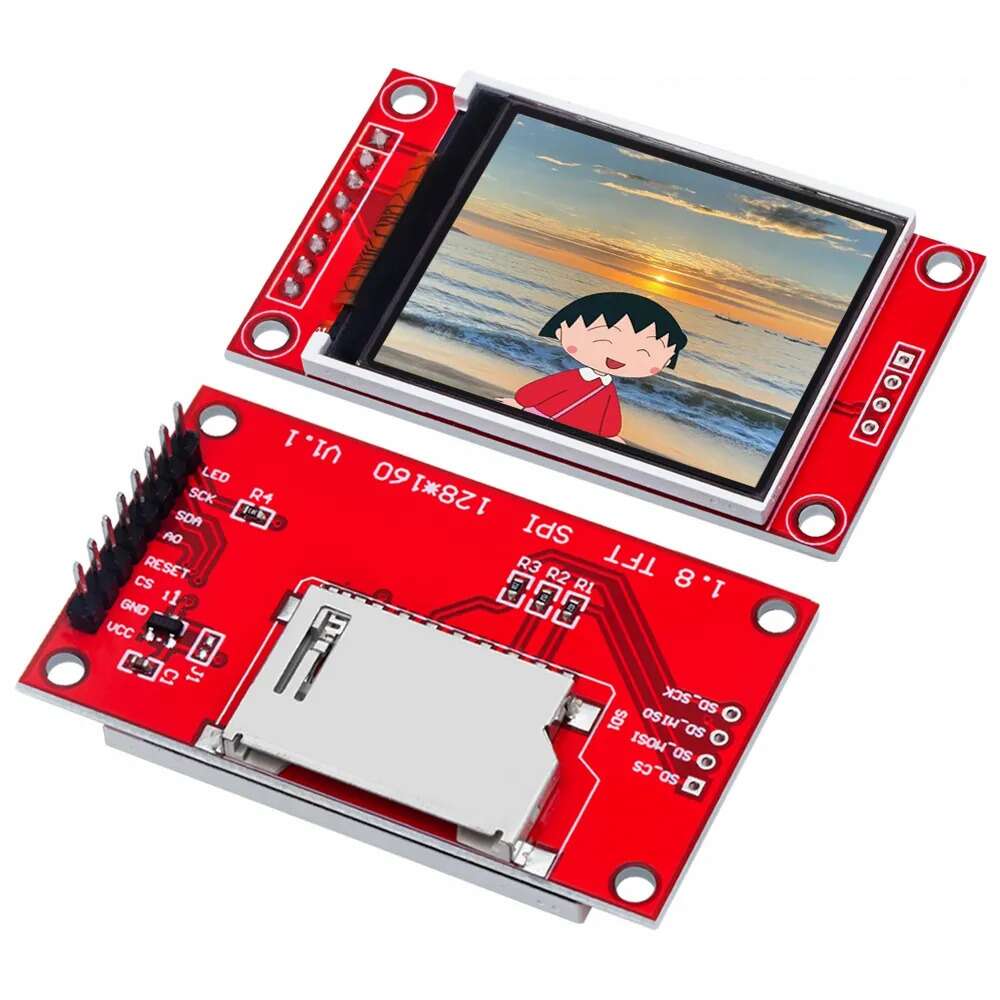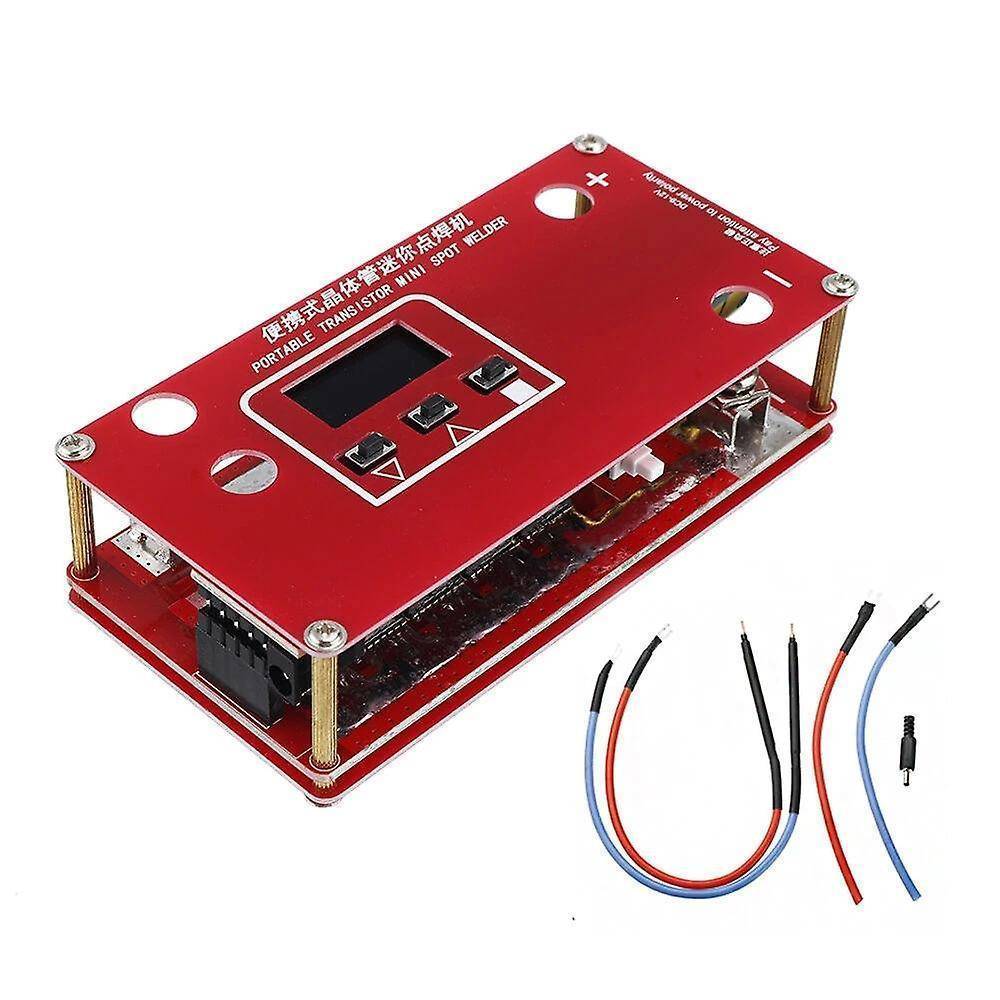-
- Sale!
- Modules
Makey Makey Touch Key Usb Shield
- Original price was: 300.00 EGP.250.00 EGPCurrent price is: 250.00 EGP.
- The Makey Makey Touch Key USB Shield is an add-on board designed to enhance the Makey Makey invention kit, enabling custom touch-sensitive inputs for creative projects. Turn everyday objects into touch keys, game controllers, or musical instruments with this plug-and-play USB interface.
- Add to cart
-
- Other Modules
GY-273 3-Axis Compass Magnetometer Sensor Module
- 250.00 EGP
- GY-273 DC 3V-5V HMC5883L Triple Axis Compass Magnetometer Sensor Module Three Axis Magnetic Field Module for Arduino
- Add to cart
-
- Modules
DY-SV8F Audio MP3 Playback Module 5W Music Sound Voice UART Arduino
- 260.00 EGP
- The DY-SV8F is a compact and efficient MP3 playback module designed for embedded applications and Arduino-based projects. Featuring 5W audio output power, it delivers clear and high-volume sound for music, voice prompts, and custom sound effects. With UART serial control, it's perfect for interactive systems, alarms, toys, kiosks, and DIY automation.
- Add to cart
-
- Modules, Other Modules
4 Channel 5V Relay Module Board Shield for Arduino
- 275.00 EGP
- 4 Channel 5V Relay Module Board Shield for Arduino This 5V 4 Relay Shield Module is a small current signal control power equipment commonly used electronic module Enabling high-power single-chip control devices are widely used in SCM system to make smart home project Can be directly plugged into the compatible the use of various types of motherboards, eliminating the patch…
- Add to cart
-
- Modules, Wireless
Wireless Transceiver Serial UART (1km Range) HC-12 SI4438
- 275.00 EGP
- The HC-12 is a high-power, long-range UART wireless module based on the Si4438 RF chip, designed for serial communication (UART) over distances up to 1km (line-of-sight). It operates in the 433.4–473.0MHz ISM band and is widely used in remote monitoring, drone telemetry, industrial control, and IoT projects.
- Add to cart
-
- Modules
SHILLEHTEK BME280 Barometric Pressure Temperature Sensor
- 275.00 EGP
- The SHILLEHTEK BME280 Sensor Module is a high-precision environmental sensor that integrates barometric pressure, temperature, and humidity sensing in a compact and power-efficient design. Based on Bosch's BME280 sensor chip, this module is ideal for weather stations, IoT applications, home automation systems, and environmental monitoring projects.
- Add to cart
-
- Sale!
- Modules
Computer IC Chips WiFi Shield for Arduino Compatible With MICROCHIP MRF24WB0MA
- Original price was: 770.00 EGP.280.00 EGPCurrent price is: 280.00 EGP.
- Upgrade your Arduino projects with seamless wireless connectivity using this WiFi Shield, designed for compatibility with the MICROCHIP MRF24WB0MA IEEE 802.11b/g/n WiFi module. Perfect for IoT, home automation, and remote monitoring applications, this shield provides reliable 2.4GHz wireless communication with easy Arduino integration.
- Add to cart
-
- Wireless, Developments Boards
Wemos NodeMCU V3 ESP8266 340G WIFI Module
- 280.00 EGP
- The Wemos NodeMCU V3 ESP8266 is a powerful and versatile WiFi development board designed for IoT projects, home automation, and embedded applications. This upgraded version comes with extra 32M Flash memory, giving you more space for firmware, libraries, and complex applications.
- Add to cart
-
- Out of Stock
- DC Motor Driver, DC Motors, Modules, PCBs
DC Motor Speed Controller High Power Module (PWM 48V 20A)
- 280.00 EGP
- The High-Power DC Motor Speed Controller is a robust PWM (Pulse Width Modulation) module designed to regulate the speed of 12V–48V DC motors with a maximum current of 20A. Built for demanding applications, this controller supports forward, reverse, and braking functions, making it ideal for electric vehicles, robotics, industrial machinery, and high-torque motor systems. Featuring efficient heat dissipation (aluminum heatsink), overcurrent protection, and smooth speed adjustment, this module ensures precise motor control while handling…
- Read more
-
-
- Wireless
85.6kbps SIM800L GSM GPRS Module without Antenna
- 290.00 EGP
- The SIM800L module supports quad-band GSM/GPRS network, available for GPRS and SMS message data remote transmission. The SIM800L communicates with microcontroller via UART port, supports command including 3GPP TS 27.007, 27.005 and SIMCOM enhanced AT Commands. It also has built-in level translation, so it can work with microcontroller of higher voltage than 2.8V default. Besides, the board also supports A-GPS…
- Add to cart
-
- Sale!
- Modules
Blue V1.5 OBD ELM327 Bluetooth Interface Auto Car Scanner OBD II
- Original price was: 350.00 EGP.290.00 EGPCurrent price is: 290.00 EGP.
- The Blue V1.5 OBD2 ELM327 Bluetooth Interface is a high-performance car diagnostic tool designed to read and clear trouble codes, monitor live sensor data, and provide real-time vehicle diagnostics. Compatible with most OBD2-enabled vehicles (1996 and newer), this compact and wireless scanner connects seamlessly via Bluetooth to your smartphone, tablet, or laptop, allowing you to access vital engine data and improve your…
- Add to cart
-
- Sale!
- Wireless
RN-XV Wifly Bee RN-171 XV Wire Antenna
- Original price was: 450.00 EGP.300.00 EGPCurrent price is: 300.00 EGP.
- The RN-XV WiFly (RN-171-XV) is a self-contained, low-power Wi-Fi module featuring a wire antenna and UART interface, designed for wireless sensor networks, remote monitoring, and IoT applications. With 802.11 b/g compatibility and TCP/IP stack onboard, it simplifies Wi-Fi connectivity for microcontrollers.
- Add to cart


